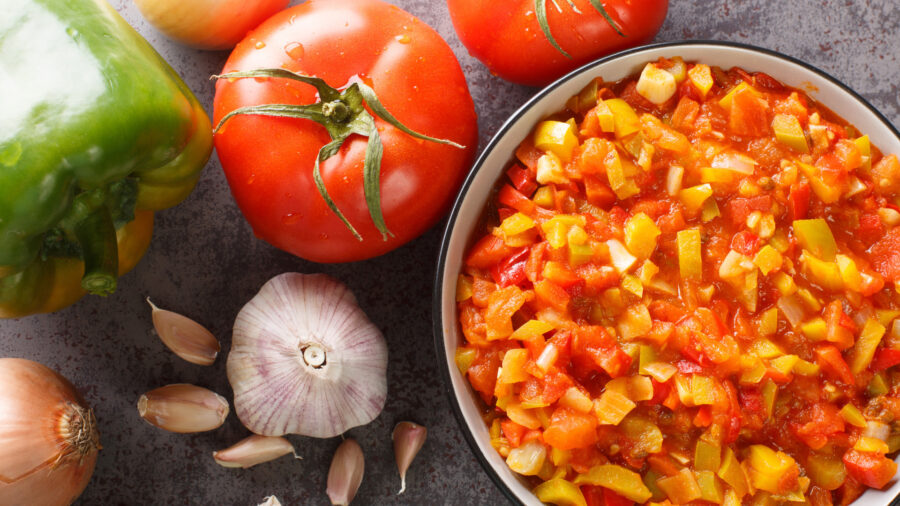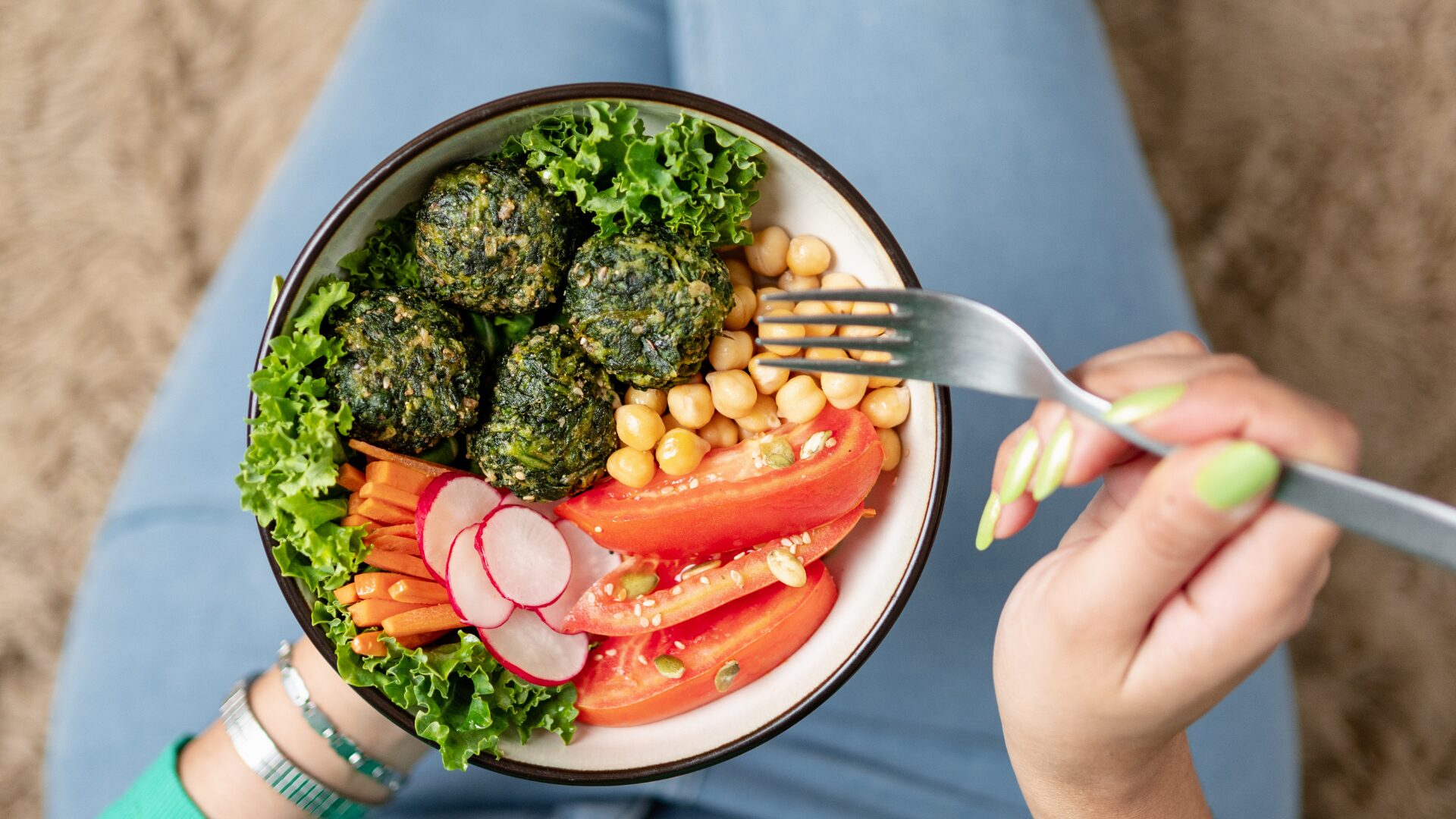Experts note that Latin foods, which rely mostly on plant-based ingredients, can be quite healthy, playing to many consumers’ current focus on wellness. That was a key point of emphasis earlier this week during Latam Food Week, hosted by The Food Institute. Latin American foods are heavy on corn (maize), rice, beans, and vegetables. Limiting the cheese, chips, and oil elevates arepas, tacos, and samosas and can make these meals healthier.
In 2023, “consumers are looking for authentic ingredients” and appreciate the fact that ingredients used in Latin American dishes tend to be “cleaner,” with minimal processing, said Latam Food Week presenter Ivonne Kinser, founder of Vantage Innovation Lab.
Univision cooking personality Maggie Jiménez recently said the key to cooking Latin American dishes is preparation: using natural ingredients and limiting salt and saturated fat.
Sofrito, a mixture of garlic, onions, peppers, tomatoes, and fresh herbs, can be used instead of salt and has the side benefit of providing fiber, for example.
The type of oil used also can make a difference in Latin American dishes. Olive, avocado, and canola oils can replace other choices in the kitchen – but quantities also should be limited.
Citing Nicoya, Costa Rica, registered dietician Gabby Puche recently noted that a diet rich in plant-based foods has resulted in residents living long lives with optimal health.
“It embodies what a lot of Latin cuisines have, which is a diet that is rich in beans, legumes like black beans, red kidney beans, avocado, colorful vegetables like all the pepper varieties, tomatoes, yams, plantains – and they do eat the leaner choices of protein, like fish and chicken,” Puche told the American Heart Association. “All these staples are true to Costa Rica, but they’re also true to the rest of Latin America.”
During a Latam Food Week presentation, venerable British chef Fernando Stovell said restaurants need to focus on sourcing healthy, natural ingredients for Latin-inspired menu items. He feels it’s imperative that restaurants know where their food comes from. “The hardest thing for a chef is sourcing the right ingredients. The relationship between source and the supplier, or the farmer, I think that’s the secret (to) success for any restaurant,” Stovell said. “We have to look into what sort of sources are really good for our body.”
Editor’s note: additional reporting provided by Food Institute chief content officer Kelly Beaton.










